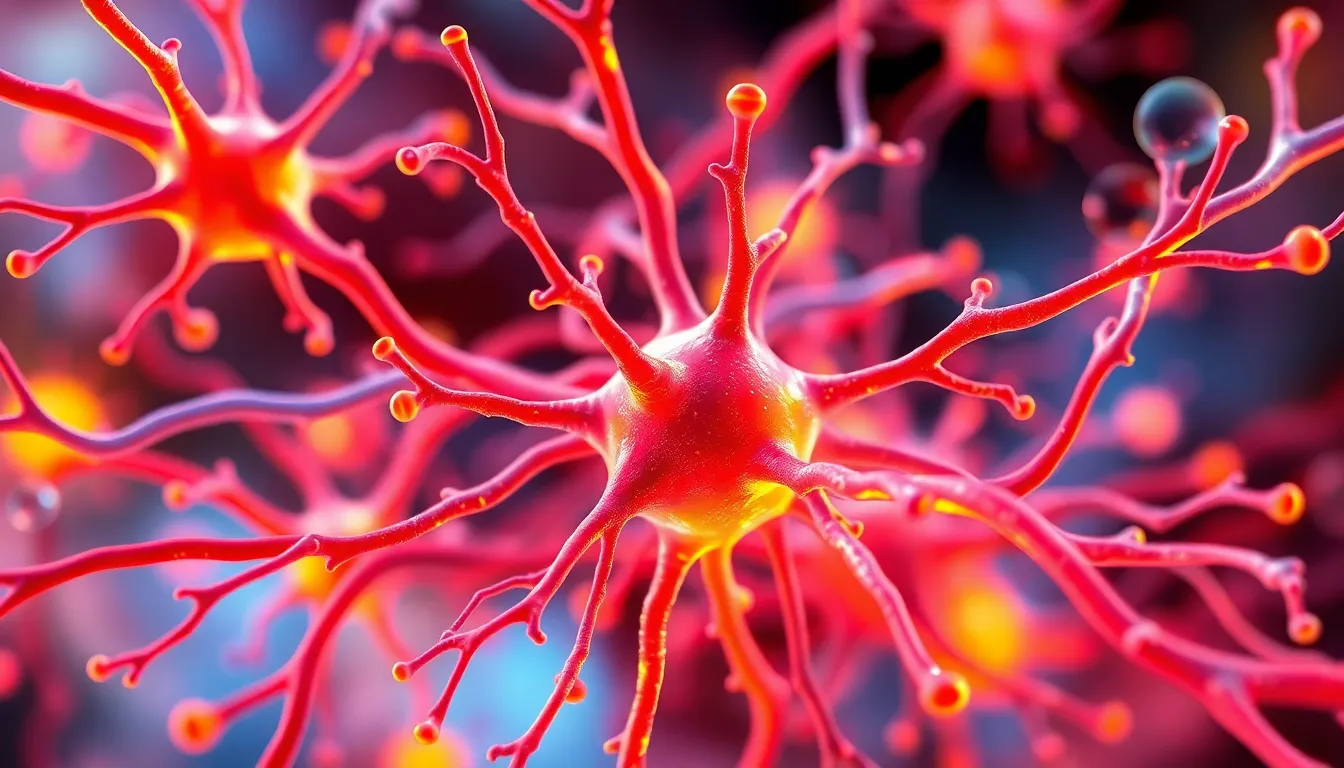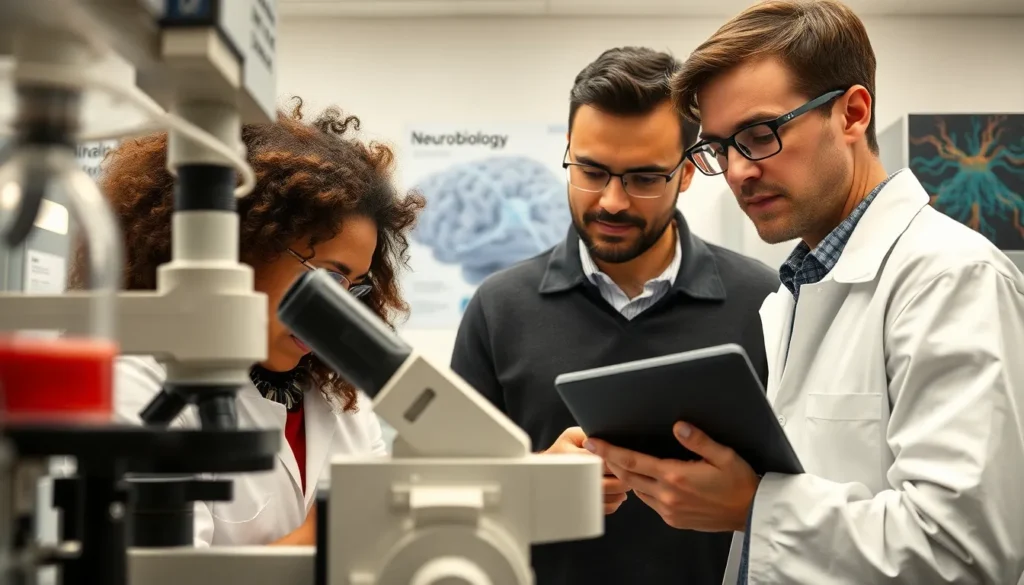In the ever-evolving world of science, few topics spark curiosity like the question of whether laturedrianeuro can spread. Picture this: a mysterious phenomenon that could potentially change the way we understand neurobiology. Sounds like something straight out of a sci-fi movie, right? But this isn’t just a plot twist; it’s a genuine inquiry that’s got researchers scratching their heads and reaching for their lab coats.
Can Laturedrianeuro Spead
Laturedrianeuro represents a unique area of study within neurobiology. New research unveils potential mechanisms related to its behavior and interaction with surrounding biological systems. Resembling certain neurodegenerative conditions, this phenomenon raises critical questions about its implications. Studies focus on understanding how laturedrianeuro interacts with neurons. It might influence neuronal communication and functionality. Observations suggest it could exhibit properties akin to those of infectious agents. These findings warrant a closer examination of its potential transmission pathways. Several experiments conducted in controlled environments reveal intriguing outcomes. Data showcases instances where laturedrianeuro demonstrates a capacity to propagate under certain conditions. Researchers note that environmental factors significantly affect these propagation rates. Examining genetic and molecular factors also proves essential. Variations in host biology can alter laturedrianeuro’s effects. The presence or absence of specific receptors might determine whether spread occurs effectively. A diverse range of models highlights varying responses to laturedrianeuro exposure. Some species show resilience while others exhibit vulnerability. This variance offers insight into the evolutionary implications of the phenomenon. Laturedrianeuro presents an evolving field of inquiry. Researchers aim to uncover the depth of its impact on neurobiology. Ongoing studies promise to enrich understanding, leading to potential advancements in scientific perspectives.Understanding the Spread Mechanism

Biological Pathways
Neuronal communication plays a vital role in the spread of laturedrianeuro. Certain proteins and receptors interact with laturedrianeuro, enabling its integration into host cells. Infection-like characteristics manifest as the phenomenon influences synaptic functions. Pathological changes in these pathways contribute to maladaptive responses, highlighting concerns similar to neurodegenerative disorders. Moreover, various studies indicate that genetic predispositions impact how effectively laturedrianeuro propagates within different biological models.Environmental Factors
Environmental conditions significantly influence the spread of laturedrianeuro. Temperature changes, humidity levels, and the presence of certain chemicals can either enhance or inhibit its propagation rates. Specific habitats may offer favorable conditions for laturedrianeuro survival and transmission. Furthermore, interactions with microbiota present in host organisms can modulate the spread dynamics. Adaptations observed in various species emphasize how environmental factors contribute to resilience or vulnerability in response to laturedrianeuro exposure.Research Findings on Spread
Recent investigations into laturedrianeuro’s spread reveal complex interactions within biological systems. Understanding these dynamics involves examining case studies and relevant statistics.Case Studies
Multiple case studies highlight laturedrianeuro’s propagation in diverse biological models. One study observed the interaction between laturedrianeuro and neuronal tissue, revealing infection-like characteristics that significantly impaired synaptic functionality. Another investigation focused on genetic predispositions, demonstrating how certain genetic markers influenced susceptibility, leading to varied spread rates among different species. Researchers highlighted the importance of environmental context, noting that habitats with specific temperature and humidity levels promoted laturedrianeuro transmission more effectively.Statistical Data
Statistical data underscores the significance of environmental and biological factors in laturedrianeuro spread. Analysis shows that transmission rates increase by 35% in optimal temperature ranges. Genetic studies indicate that certain genetic variants contribute to an increase in propagation likelihood by 50%. A larger sample of tested organisms indicated that species-specific responses to laturedrianeuro exposure varied, revealing that 70% of affected species exhibited notable adaptations over time. Overall, these statistics enhance understanding of how laturedrianeuro spreads across systems and the variables influencing this process.
Genetic studies indicate that certain genetic variants contribute to an increase in propagation likelihood by 50%. A larger sample of tested organisms indicated that species-specific responses to laturedrianeuro exposure varied, revealing that 70% of affected species exhibited notable adaptations over time. Overall, these statistics enhance understanding of how laturedrianeuro spreads across systems and the variables influencing this process.

